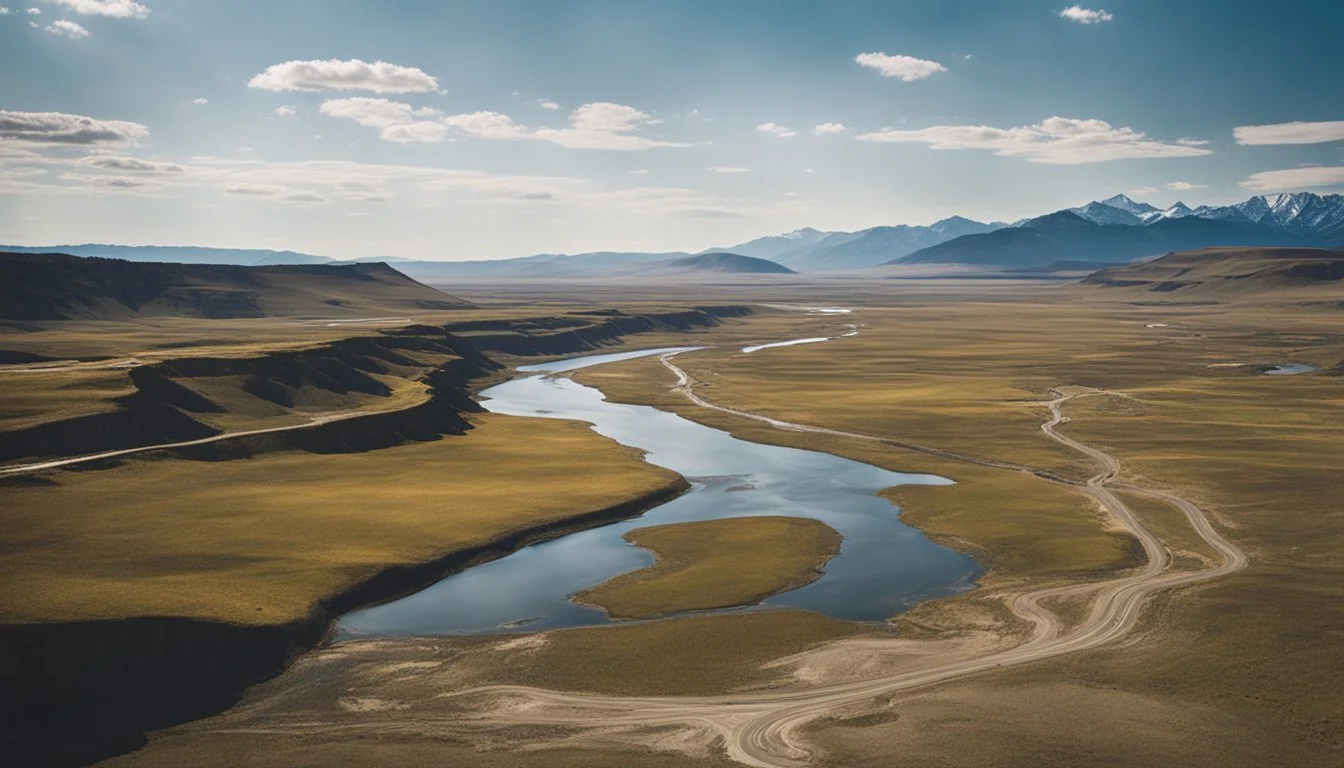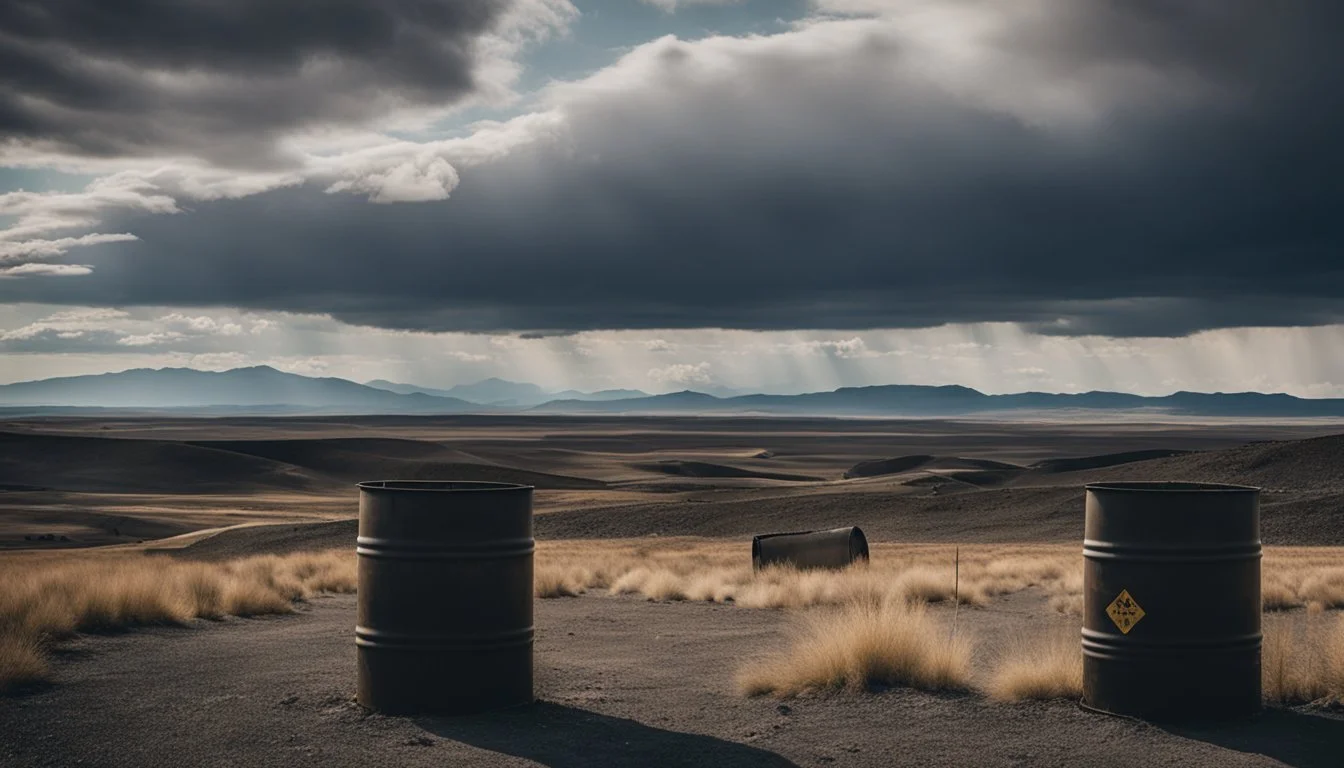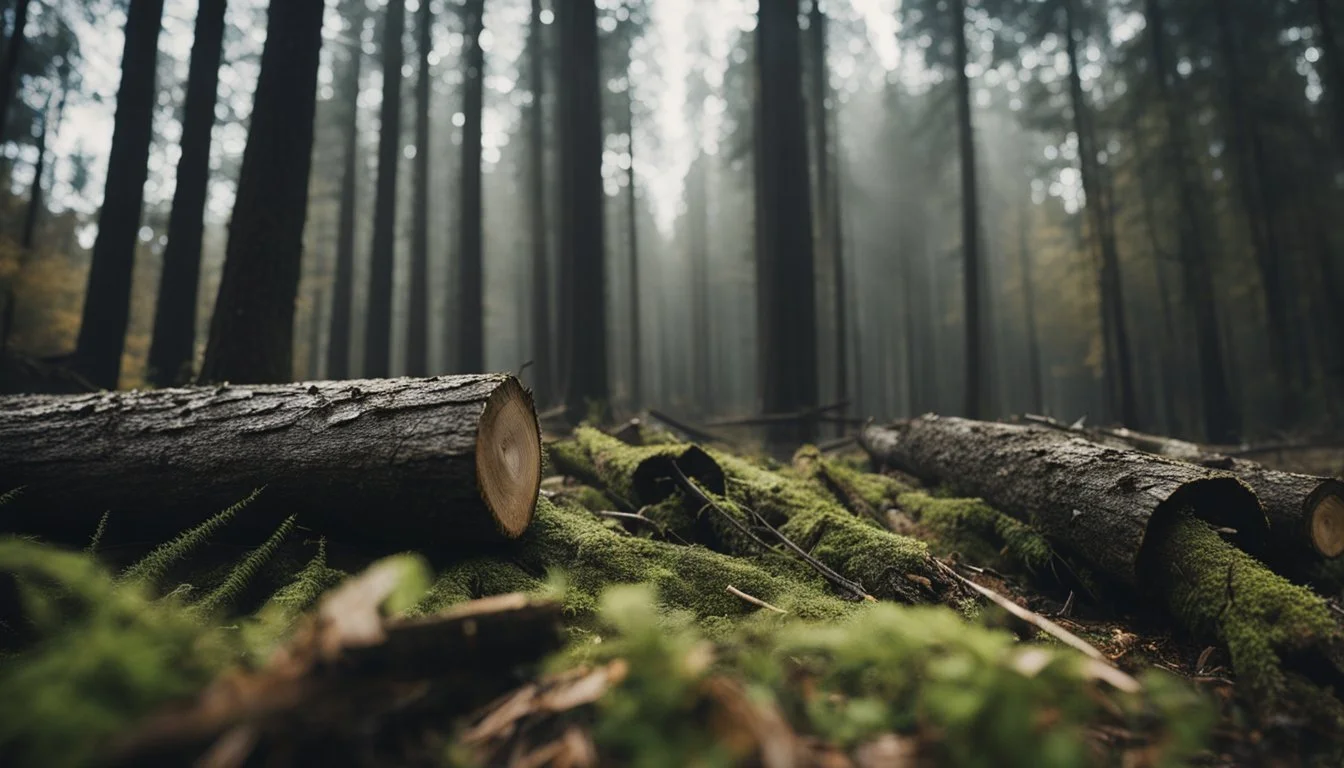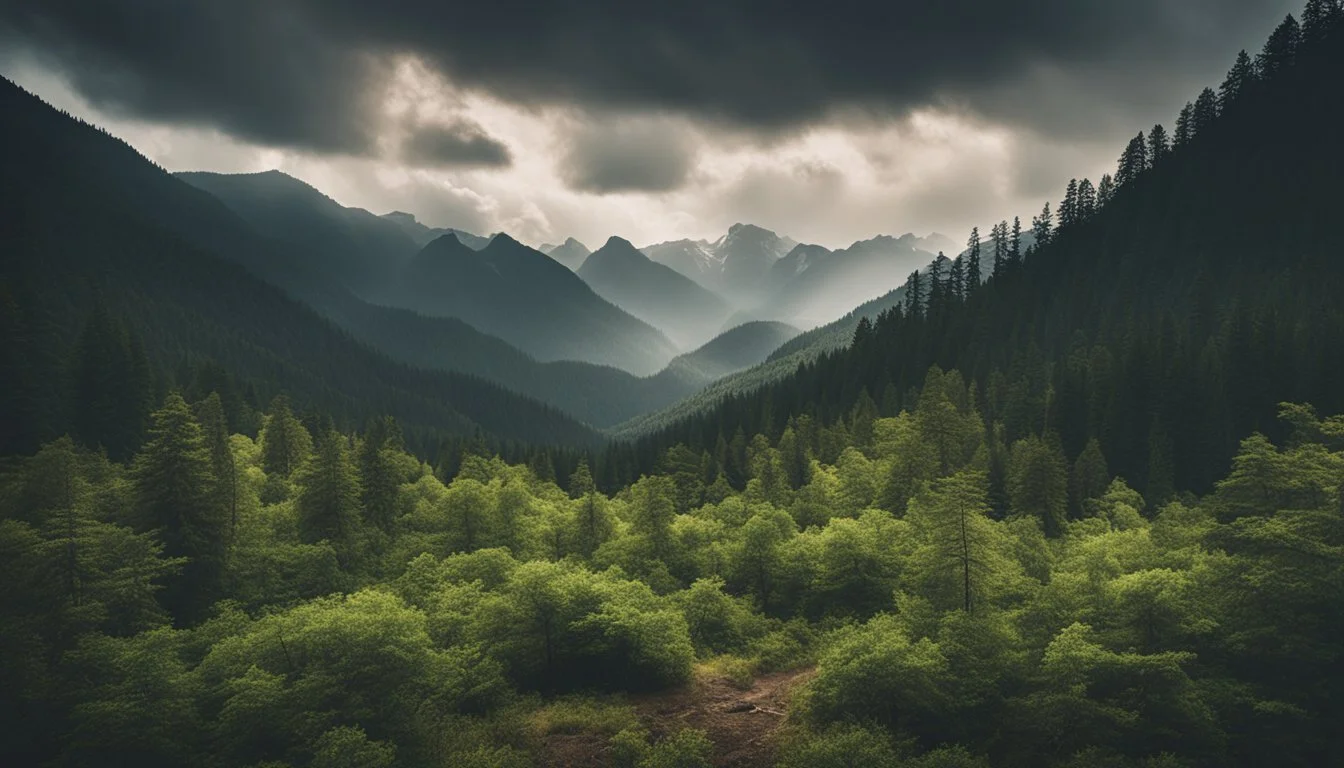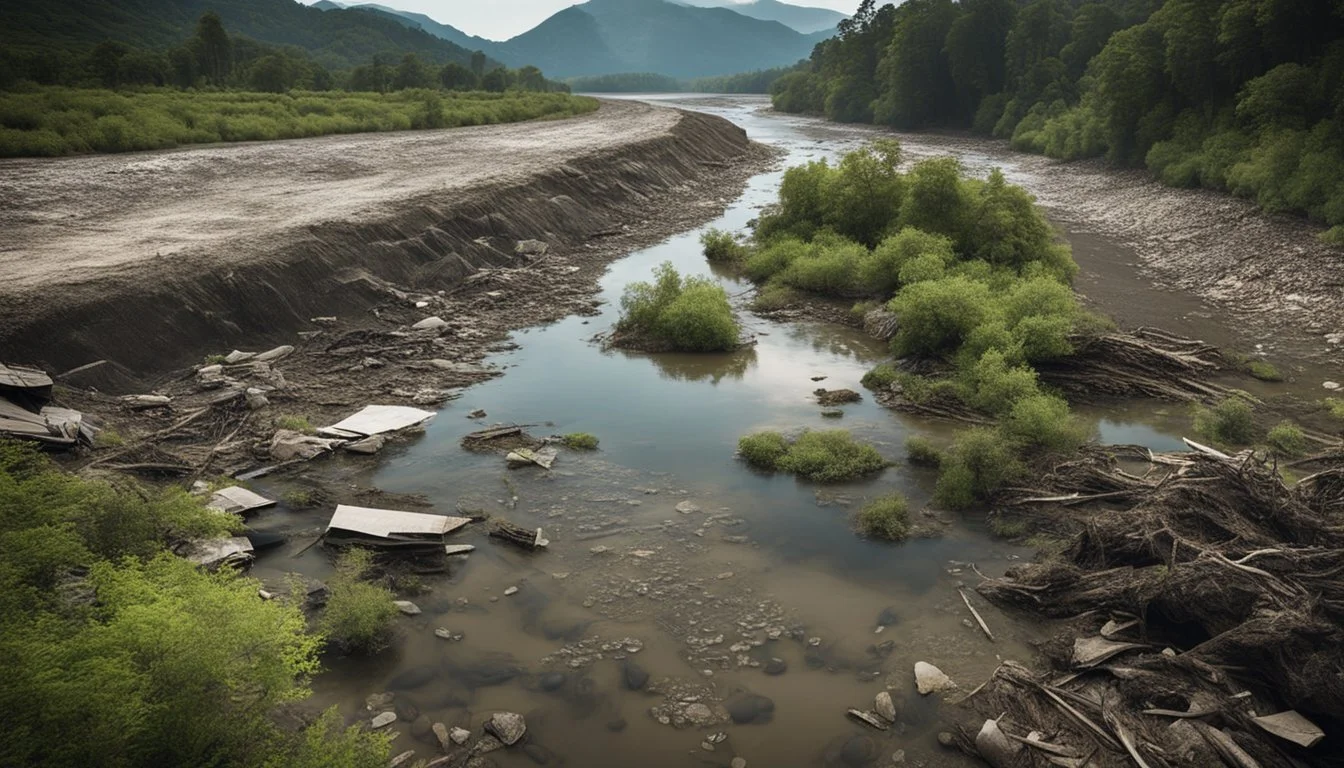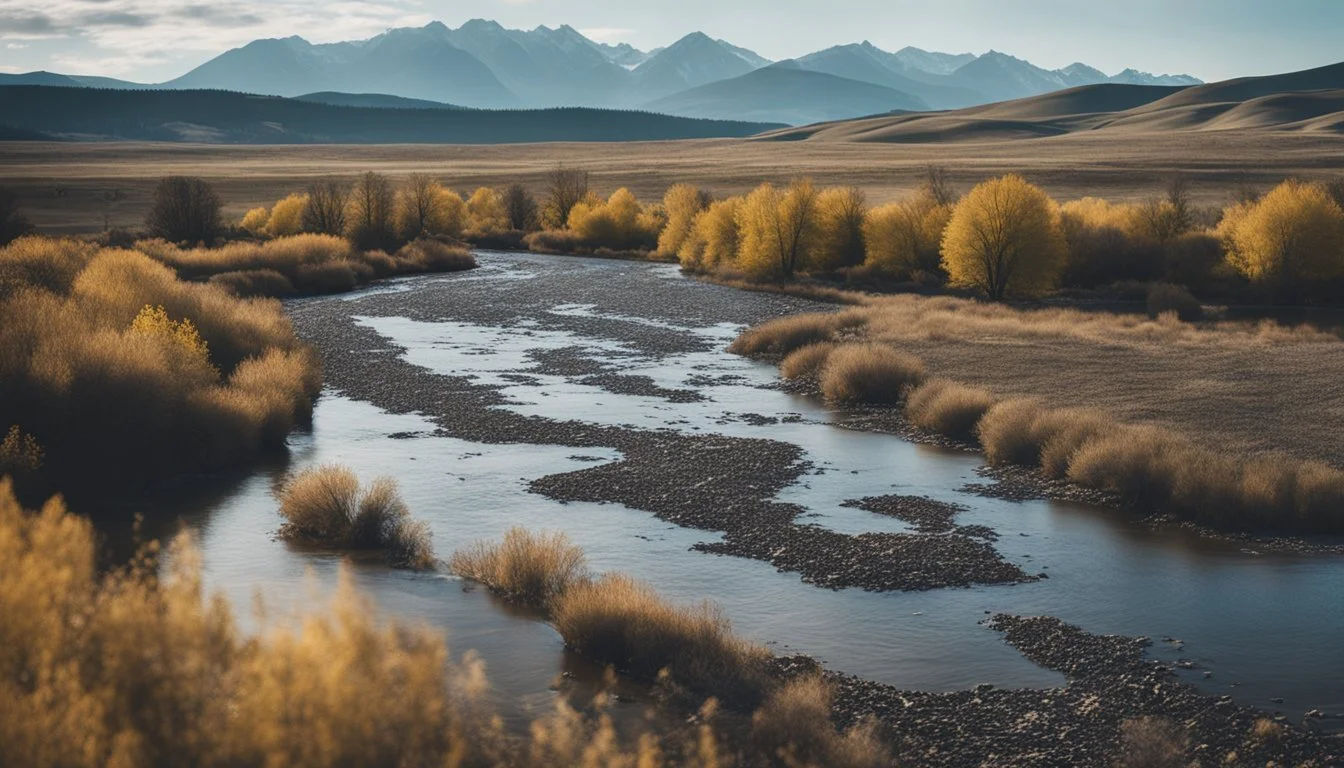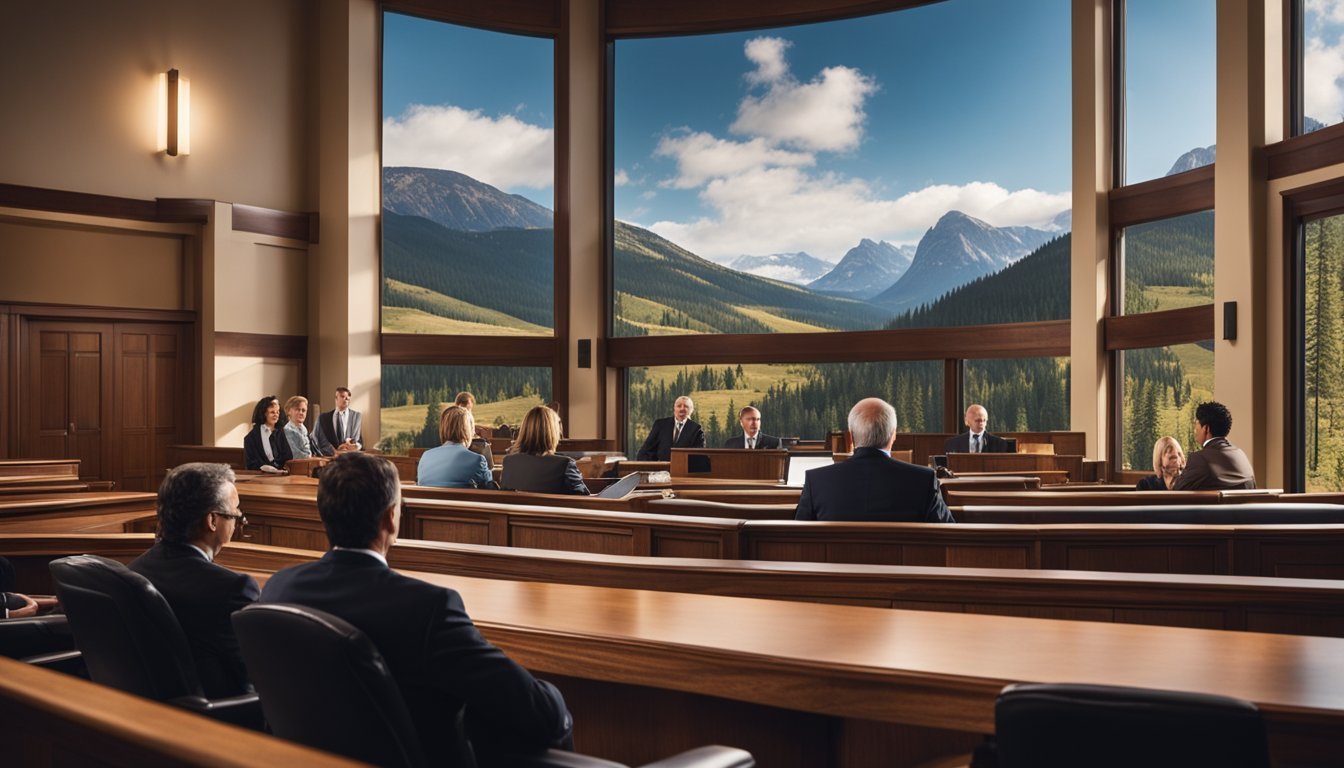5 True Crime Documentaries About Environmental Crimes in Montana
Uncovering Hidden Truths
Montana, known for its picturesque landscapes and vast natural resources, has also been the site of significant environmental crimes. These violations against nature have often gone underreported, yet they have profound impacts on both the environment and local communities.
By exploring true crime documentaries focused on these environmental crimes, viewers gain crucial insights into the severity and consequences of such actions. The narratives presented in these documentaries not only highlight the egregious misdeeds but also underscore the importance of safeguarding our natural world.
1) Murder in Big Sky Country (2023)
The documentary "Murder in Big Sky Country" delves into the mysterious disappearances of Indigenous young women and girls in Montana. Set against the backdrop of the state’s vast and often uninhabited landscapes, the film draws attention to the alarming number of cases that have remained unresolved.
The filmmakers explore various facets of these tragedies, combining interviews with affected families, law enforcement, and advocates for Indigenous rights. They provide a sobering look at the systemic issues that contribute to these disappearances.
A particular focus is given to the community’s efforts to raise awareness and seek justice for the victims. The documentary underscores the essential need for more attention to these cases from both local and federal authorities.
For further information about "Murder in Big Sky Country," visit IMDb.
2) Eco-Mafia: The Toxic Waste Chronicles
Eco-Mafia: The Toxic Waste Chronicles (2024) provides a gripping examination of the illegal waste disposal activities by organized crime groups in Italy, known as the Ecomafia.
The documentary exposes the depth of corruption and environmental degradation caused by these groups. Illegal landfills packed with toxic, flammable, and corrosive waste are uncovered, highlighting the severe impact on the environment and public health.
Investigators reveal how the Ecomafia generates enormous profits by illegally disposing of industrial waste. The film includes testimonies from key figures, including repentant members of the crime syndicates, offering an insider's perspective on the operations.
Through interviews with environmental crime experts and law enforcement, the documentary paints a detailed picture of the struggle to combat these crimes. It underscores the challenges faced by those dedicated to protecting the environment from such illicit activities.
For more information, visit Eco-Mafia: The Toxic Waste Chronicles on IMDb.
3) Timber Theft: A Forest's Lament
Timber theft in Montana has long been a pressing environmental issue, affecting both state and federal forests.
Illegal logging not only deprives the state of revenue but also causes irreversible damage to ecosystems.
Timber Theft: A Forest's Lament (2020) delves into these criminal activities, shedding light on the complex networks of loggers and buyers.
The documentary features interviews with law enforcement, forestry officials, and local activists.
Viewers gain insight into the methods used to illegally harvest timber and the efforts to combat this environmental crime.
More Information on Timber Theft: A Forest's Lament (2020).
4) Poisoned Waters of Montana
"Poisoned Waters of Montana" sheds light on the severe environmental degradation in several of the state's waterways. In particular, the documentary reveals the long-term impacts of industrial waste and chemical runoffs.
Montana has faced significant issues with mining waste contaminating its rivers and lakes. The Berkeley Pit in Butte is an infamous toxic site. It's a former open-pit copper mine filled with water that has become highly acidic and laden with metals.
One of the most critical crises has been the pollution of the Clark Fork River, a major waterway running through the state. Decades of mining and smelting upstream led to extensive heavy metal contamination, harming aquatic life and threatening human health.
The documentary also touches on the health effects of these polluted waters on local communities, detailing how residents have been diagnosed with various health conditions likely tied to long-term exposure to toxins. Poisoned waters are also reported to have adversely impacted the agriculture sector.
Efforts to clean up and mitigate these environmental disasters are ongoing, but progress has been slow due to the sheer scale of the contamination. The film highlights both governmental and grassroots efforts to tackle these challenges.
More Information (2009)
5) Wildlife War: The Silent Victims (2019)
"Wildlife War: The Silent Victims" sheds light on the devastating effects of human conflict on wildlife in Montana. This documentary reveals the often-overlooked consequences of environmental crime and warfare, focusing on how animal habitats are destroyed and species are endangered.
The film documents the struggle of various wildlife species as their natural habitats are encroached upon by illegal activities. Viewers are taken on a journey through Montana’s picturesque landscapes, now marred by criminal exploitation.
Through interviews with local environmentalists, scientists, and law enforcement, the documentary highlights the urgent need for better protective measures. It exposes the harsh reality faced by wildlife amid ongoing environmental crimes, calling for immediate action to preserve Montana's natural heritage.
Overview of Environmental Crimes in Montana
Montana has faced significant environmental crimes that have left lasting impacts on the state. These crimes range from illegal waste dumping to extensive mining operations that have severely harmed natural ecosystems.
Historical Context
Montana's history of environmental crimes dates back to the late 19th and early 20th centuries. During this period, unregulated mining activities were rampant. The state's rich mineral deposits attracted numerous mining companies that operated with little regard for environmental consequences.
Toxic materials like arsenic and mercury were often released into rivers and streams. This caused widespread contamination. The infamous Berkeley Pit in Butte is a prime example. Once one of the largest open-pit copper mines, it is now a highly toxic lake posing severe environmental hazards.
Types of Environmental Crimes
Several types of environmental crimes have plagued Montana, with illegal waste disposal being one of the most prominent. Companies have been caught unlawfully dumping hazardous waste, which contaminates both soil and water.
Mining-related pollution remains a critical issue. Abandoned mines continue to leak contaminants, affecting both ecosystems and local communities. Illegal logging has also contributed to deforestation and habitat destruction.
Additionally, illegal wildlife trafficking poses a threat to Montana's biodiversity. Endangered species face increased risk due to poaching and illicit trade activities. These environmental crimes necessitate ongoing efforts from both authorities and conservationists to mitigate their impacts.
Impact of Environmental Crimes
Environmental crimes in Montana lead to severe and far-reaching effects on both ecosystems and human communities. These crimes often result in significant ecological damage and pose serious risks to human health and safety.
Ecological Consequences
Environmental crimes severely impact Montana’s diverse ecosystems. Illegal logging leads to deforestation, which disrupts habitats and endangers native species. Water pollution, often from illegal waste dumping, contaminates rivers and streams, harming aquatic life and affecting economic activities like fishing and tourism.
Poaching and illegal wildlife trade significantly reduce biodiversity and threaten the survival of many endemic species. The destruction of natural habitats and the introduction of invasive species can cause irreversible ecological shifts. Moreover, soil degradation from illegal mining activities can reduce land productivity, impacting agriculture and local food supplies.
Human Health and Safety
The contamination of water sources poses acute health risks to local populations. Polluted water can lead to illnesses such as dysentery, cholera, and long-term health issues like cancer from exposure to hazardous chemicals. Air pollution from illegal industrial activities contributes to respiratory illnesses and other health problems.
Communities near illegal logging sites often face increased risks of natural disasters, such as landslides and floods, due to deforested areas losing their structural integrity. Additionally, environmental crimes can degrade living conditions, reducing access to clean air, water, and food, thus affecting the overall well-being and safety of residents.
Legal Framework and Prosecutions
Montana's legal system includes stringent environmental protection laws and several notable legal cases that have shaped the prosecution of environmental crimes in the state. These cases highlight the enforcement of these laws and the legal actions taken against offenders.
Environmental Protection Laws
Montana enforces a robust framework of environmental protection laws to safeguard its natural resources. The Montana Environmental Policy Act (MEPA) requires state agencies to consider the environmental impact of their decisions. MEPA ensures public involvement and aims to prevent significant environmental harm.
The Montana Hazardous Waste Act oversees the generation, transportation, and disposal of hazardous waste. This law aligns with federal regulations to ensure safe and legal handling of hazardous materials. The Montana Water Quality Act regulates water pollution, protecting the state's rivers, lakes, and aquifers from contamination.
Additionally, the Endangered Species Act is enforced at the state level to protect Montana's diverse wildlife. Compliance with these laws is critical, and violations can result in severe penalties, including fines and imprisonment.
Notable Legal Cases in Montana
One significant case involved a mining company in Butte that was prosecuted for illegally discharging toxic waste into nearby rivers. The company faced hefty fines and was required to fund extensive environmental remediation.
Another notable case included the prosecution of a corporation for air pollution violations in Billings. The company was found to exceed permitted levels of emissions, leading to substantial financial penalties and mandated installation of pollution control equipment.
In a landmark decision, the state successfully prosecuted individuals illegally hunting and trading protected wildlife. This case emphasized the importance of wildlife conservation and resulted in prison sentences for the perpetrators.
These legal cases demonstrate Montana's commitment to enforcing environmental laws and holding violators accountable through rigorous prosecution.

